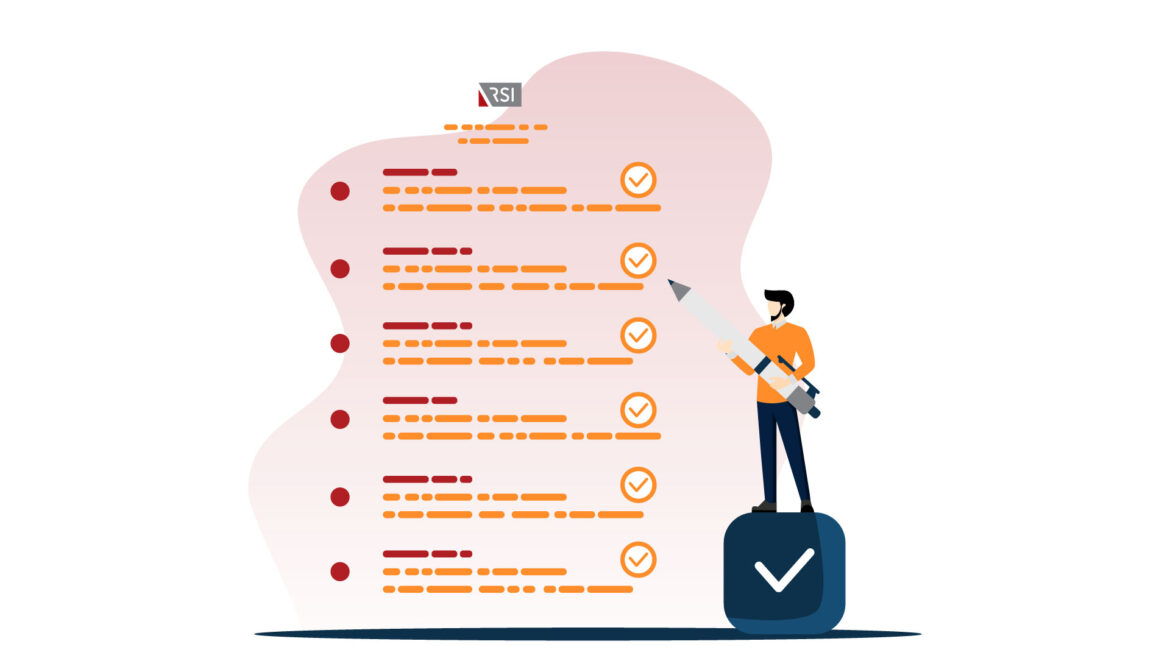In today’s hyperconnected world, cybersecurity threats are more widespread and sophisticated than ever. Both organizations and individuals face growing risks from cyberattacks that often exploit simple human errors and overlooked system vulnerabilities. IT teams are under constant pressure to maintain performance while adapting to new technologies and evolving threats. Yet, with limited resources and a global shortage of skilled professionals, maintaining strong cyber hygiene is one of the most effective ways to close security gaps and build long-term resilience.
The rise of the Internet of Things (IoT) further complicates this challenge. According to Symantec’s Internet Security Threat Report, over 90% of IoT-related attacks targeted devices like routers and connected cameras, expanding the number of potential entry points for hackers. Every new smart device added to a home or corporate network increases the risk of exposure.
So, how can organizations and individuals reduce these risks? The answer lies in mastering the fundamentals. By following a practical cyber hygiene checklist, you can strengthen your digital defenses and minimize vulnerabilities, without needing a full cybersecurity team.
What is Cyber Hygiene?
Cyber hygiene refers to the set of best practices individuals and organizations follow to protect themselves when using internet-connected systems. Just like brushing your teeth or washing your hands, it’s about consistency and proactive care. Practicing good cyber hygiene means developing simple, repeatable habits that build strong digital defenses over time.
Effective cyber hygiene begins with awareness and extends to everyday actions, checking for software updates, avoiding suspicious links, using strong passwords, and locking devices when not in use. It also includes backing up data regularly and limiting access to sensitive systems and information.
Consider this: up to 95% of cybersecurity incidents are linked to human error, and nearly 9 in 10 organizations cite it as their top security challenge. Whether it’s clicking a malicious link, reusing weak passwords, or misconfiguring software, human behavior remains the easiest target for attackers. Threat actors rely on social engineering, phishing, and credential theft because manipulating people is often far simpler than breaching hardened systems.
That’s why cultivating strong cyber hygiene habits is essential. Just as physical hygiene helps prevent illness, cyber hygiene prevents breaches, data loss, and reputational damage, keeping your organization secure and resilient in an evolving digital landscape.

Best Practices for Maintaining Good Cyber Hygiene
Adopting strong cyber hygiene practices is one of the most effective ways to reduce your organization’s exposure to cyber threats. Whether you manage a small business or a large enterprise, consistent attention to these fundamentals will help protect sensitive data, minimize human error, and strengthen your overall security posture.
Here are 10 essential cyber hygiene best practices to follow:
1. Install Trusted Antivirus and Anti-Malware Software
Choose reputable, enterprise-grade security tools and schedule automatic system scans. This helps detect both known and emerging threats early, before they can cause damage.
2. Deploy and Monitor Network Firewalls
Use both hardware and software firewalls to control network traffic. Regularly review logs, adjust rules, and block unauthorized connections to prevent intrusions.
3. Apply Software Patches and Updates Promptly
Enable automatic updates for operating systems, browsers, and applications. Patching vulnerabilities quickly is one of the simplest ways to maintain strong cyber hygiene and prevent exploitation.
4. Use Strong Passwords and Multi-Factor Authentication (MFA)
Require complex, unique passwords and rotate them regularly. Enabling MFA adds another layer of security, protecting accounts even if passwords are compromised.
5. Configure Security Tools Effectively
Cybersecurity tools only perform as well as they’re configured. Review settings for antivirus, endpoint protection, and network monitoring solutions to ensure they’re optimized for your environment.
6. Limit Access Based on Roles (Least Privilege Principle)
Grant access only to the systems and data employees need for their jobs. Restricting permissions minimizes the potential impact of insider threats or accidental misuse.
7. Remove or Disable Unused Software and Devices
Every device and application connected to your network introduces risk. Decommission outdated systems and disable unused features or default accounts to reduce attack surfaces.
8. Back Up Data Regularly and Securely
Keep encrypted backups offline or in secure cloud storage. Test recovery processes regularly to ensure data can be restored quickly after an incident.
9. Conduct Ongoing Security Awareness Training
Educate employees on phishing, social engineering, and other common attack vectors. Regular training reinforces good cyber hygiene habits and reduces the risk of human error.
10. Perform Routine Cybersecurity Assessments
Schedule vulnerability scans, penetration tests, and configuration audits. Use the results to strengthen your cyber hygiene strategy and stay ahead of evolving threats
Create a Culture of Security
Improving cybersecurity isn’t just about investing in technology—it’s about building the right mindset. A strong internal culture that prioritizes cyber hygiene, awareness, and proactive behavior can dramatically reduce risk exposure across your organization. Cybersecurity shouldn’t be confined to one department; it must be an organization-wide commitment that influences every role and responsibility.
Lead by Example
A culture of security starts at the top. Executives and managers must model secure behaviors, prioritize cybersecurity initiatives, and communicate expectations clearly. When leadership treats cybersecurity as essential—not optional—it reinforces accountability and trust throughout the organization. Encouraging open communication also ensures employees feel comfortable reporting potential threats without fear of blame.
Make Cyber Hygiene a Daily Habit
Integrate cybersecurity principles into everyday operations, onboarding processes, and performance metrics. Encourage staff to practice good cyber hygiene by staying alert to phishing attempts, reporting suspicious activity, and safeguarding their devices, both in and outside the workplace.
Reinforce and Evolve Your Training
Security awareness training should be ongoing, interactive, and adaptive. Update training materials and policies as new threats emerge, and tailor sessions to real-world scenarios employees may encounter. Pairing consistent cyber hygiene habits with formal cybersecurity awareness programs helps build a resilient, security-first workforce.
When cybersecurity becomes second nature, your people become your strongest defense helping your organization stay protected from the inside out.
Cyber Hygiene Is Everyone’s Responsibility
In today’s evolving threat landscape, there’s no room for complacency. Practicing good cyber hygiene provides a simple yet powerful foundation for reducing the risk of costly cyberattacks and data breaches. When combined with advanced cybersecurity solutions, these everyday habits form the first line of defense against threats.
Whether you’re an IT professional, business leader, or everyday user, maintaining strong cyber hygiene is one of the most effective ways to protect your data, devices, and organization. Cybersecurity isn’t a one-time project, it’s a continuous effort that depends on everyone.
If you’re ready to strengthen your organization’s defenses, RSI Security can help. Our experts specialize in assessing vulnerabilities, implementing best practices, and building a culture of security that lasts.
Contact RSI Security today to take the first step toward a safer, more resilient cyber environment.
